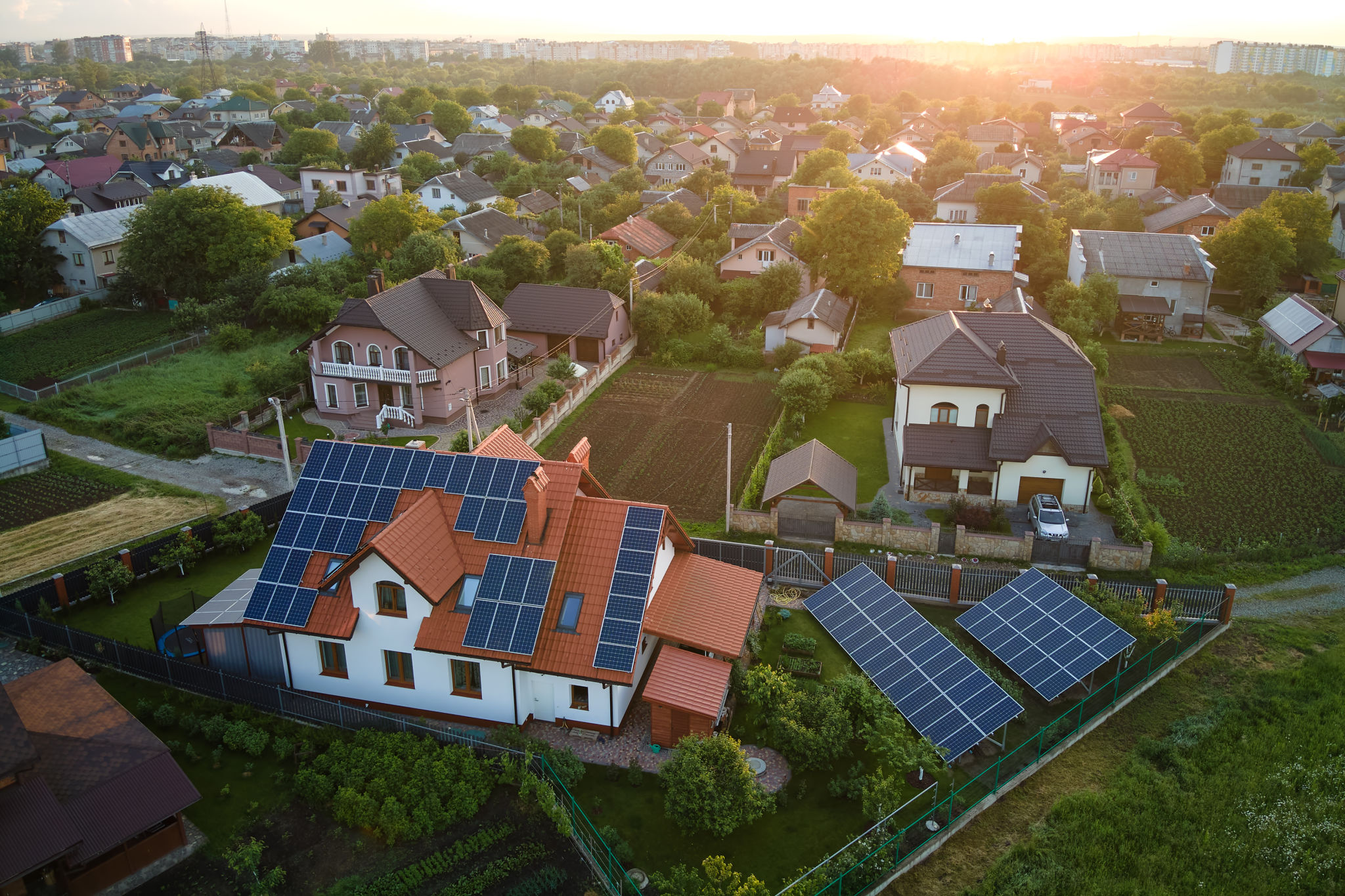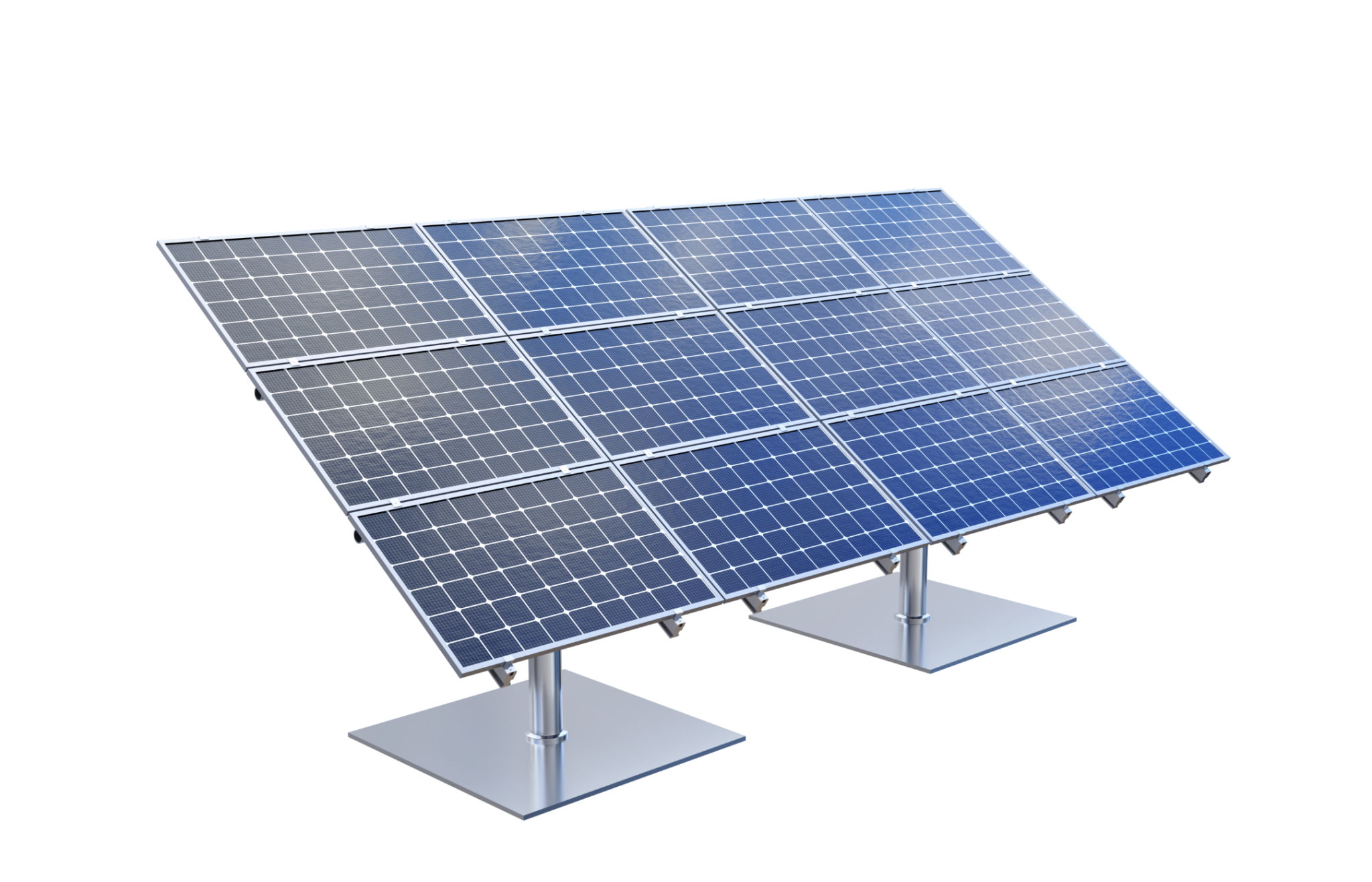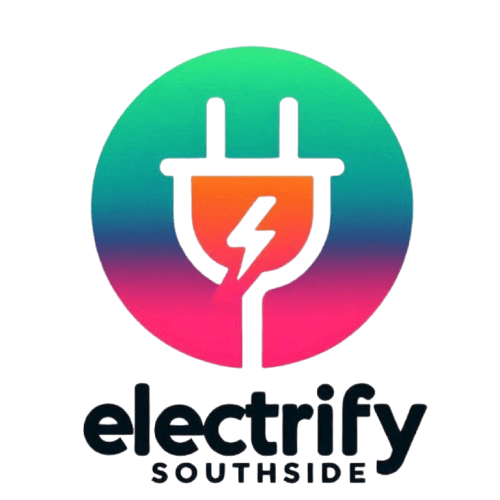Community Electrification Success Stories: Lessons from Victoria
Introduction to Community Electrification in Victoria
Victoria has long been a leader in pioneering energy solutions, with community electrification projects at the forefront. These initiatives not only bring power to previously underserved areas but also serve as a model for sustainable development. By harnessing local resources and involving community members, Victoria has successfully implemented numerous electrification projects that have transformed lives and economies.

The Role of Local Involvement
One of the key factors in the success of Victoria's electrification projects is the active involvement of local communities. Engaging residents from the planning stages ensures that projects are tailored to meet specific needs and that there is a shared sense of ownership. This collaborative approach has been crucial in overcoming challenges and ensuring the sustainability of these projects.
Communities are often involved in decision-making processes, which include selecting technology, identifying funding sources, and determining maintenance plans. This level of participation not only empowers residents but also increases the likelihood of long-term success.
Innovative Technologies and Solutions
Victoria's electrification projects utilize a range of innovative technologies designed to maximize efficiency and sustainability. From solar panels to wind turbines, these projects leverage renewable energy sources to reduce carbon footprints while providing reliable power. The integration of smart grid technology has further enhanced energy management, allowing for real-time monitoring and optimization.

Moreover, these projects often incorporate energy storage systems, ensuring a steady power supply even during periods of low generation. Such innovations have set a benchmark for other regions aiming to achieve similar electrification goals.
Key Success Stories
Several electrification success stories have emerged from Victoria, offering valuable lessons for other communities. A notable example is the transformation of a remote village that now enjoys 24/7 electricity thanks to a hybrid solar and wind energy system. This project not only improved quality of life but also spurred local economic growth through new business opportunities.
- The deployment of microgrids in rural areas has significantly reduced downtime and increased resilience against natural disasters.
- Community-led initiatives have seen remarkable success, with residents taking on roles in system maintenance and operation.
- Educational programs have been implemented to raise awareness about the benefits and usage of renewable energy.

Challenges and Solutions
While Victoria's success stories are inspiring, they are not without challenges. Initial funding constraints, logistical hurdles, and resistance to change are common issues faced by many projects. However, lessons learned from these challenges have paved the way for more effective strategies.
For instance, establishing strong partnerships with government bodies, non-profits, and private sector companies has been instrumental in securing necessary resources and support. Additionally, continuous community engagement has proven essential in addressing resistance and fostering acceptance.
Lessons for Future Projects
The experiences from Victoria’s community electrification projects offer several key lessons for future initiatives. Firstly, the importance of community involvement cannot be overstated—engaged communities are more likely to sustain projects over time. Secondly, leveraging local resources and expertise can significantly enhance project outcomes.
Furthermore, adopting flexible approaches that account for evolving technologies and societal needs ensures that projects remain relevant and effective. By learning from Victoria's successes and challenges, other regions can better tailor their electrification strategies to achieve similar results.
Conclusion
Victoria’s community electrification success stories highlight the potential for sustainable energy solutions to transform communities. Through local involvement, innovative technologies, and strategic partnerships, these projects have not only provided power but also empowered communities economically and socially. As other regions look to replicate these successes, the lessons learned from Victoria offer invaluable insights into building a brighter, more sustainable future.
